Some home gardeners are quick to panic at the site of a garden buzzing with bugs, but insects like pollinators and pest-eaters are in fact a sign of healthy plant activity and should be encouraged rather than eliminated. One of the easiest ways to attract beneficial insects to your garden and landscape is to install an insect house nearby.
An insect house is an artificial nesting structure that provides shelter for beneficial insects like solitary pollinators and predatory insects. The houses can be made up of several different types of materials and chambers like hollow tubes, pre-drilled wood blocks, shutter chambers or screen chambers. Solitary bees will create nests and lay their eggs in readymade cavities or soft wood that can be excavated like hollow bamboo shoots. Adult lacewings will find shelter in the mesh covered chambers or the shutter chamber and adult lady bugs will seek out a warm, comfortable spot like the shutter chambers in these houses to hibernate in during the winter months.
Insect house features:

Attract these beneficial insects:

Now that you know a little more about how insect houses are used, here are a few more reasons why you should consider installing one in your yard!
Improve garden performance
Power pollinators like leaf cutter bees and mason bees are capable of pollinating 10-20 times more flowers than a honeybee! These gentle helper bees are very docile and will only sting when trapped or pinched, so you don’t need to worry about bringing harmful, aggressive insects near your home. Attracting solitary pollinators to your garden and landscape will help your plants reach their full potential!
Predatory insects like lacewings and lady bugs keep your yard and garden healthy by feeding on harmful insect pests such as aphids, thrips, spider mites (especially red spider mites), whitefly, and other soft-bodied insects. The adult female lacewing lays roughly 300 eggs, and each developing larva can eat up to 10,000 insect pests in its lifetime! Both adult lady bugs and larva consume aphids and other pests to help keep your plants healthy.

Chemical-free pest management
No gardener wants to see unwanted pests make a negative impact on their plants. But before reaching for the pesticides, try using an insect house to introduce beneficial predatory insects to your garden to help control the pest population. Insect houses are a great natural option in integrated pest management, a process used to control pest populations while minimizing the impacts on people and the surrounding environment.
Support the native bee population
You may have heard about the sharp decline in the honeybee population, but in the last 100 years, 50% of Midwestern native bee species have disappeared from their habitats. Most wild plants and many of the crops we consume are dependent on insect pollination, meaning native bees are an essential part of our ecosystems that we should take steps to protect. Homeowners can do their part by using a beneficial insect house to provide a safe environment for pollinator reproduction.
To learn more about how you can support pollinators, visit pollinator.org.
Learning opportunity
Help children learn about the benefits of gentle native bees and power pollinators as you monitor their activity together with an insect house! Help identify insect activity by observing the materials they use and studying their behavior as they inhabit the house.


(Left) Mudded tubes indicate insect activity
(Right) Mason bee packing mud to seal egg inside tube
Plus, it's fun!
Being an insect house owner can be both a fun and rewarding experience as you watch them take up residence in the house! You can take pride in knowing that you’re helping to support the pollinator population while improving the health and performance of your plants at the same time.
Nature’s Way Better Gardens beneficial insect and bee houses come in many attractive styles and configurations. Find the right one for your yard and become an insect house owner this season!







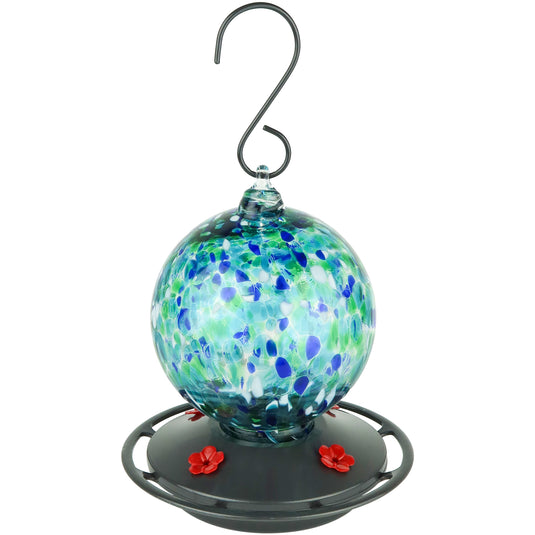






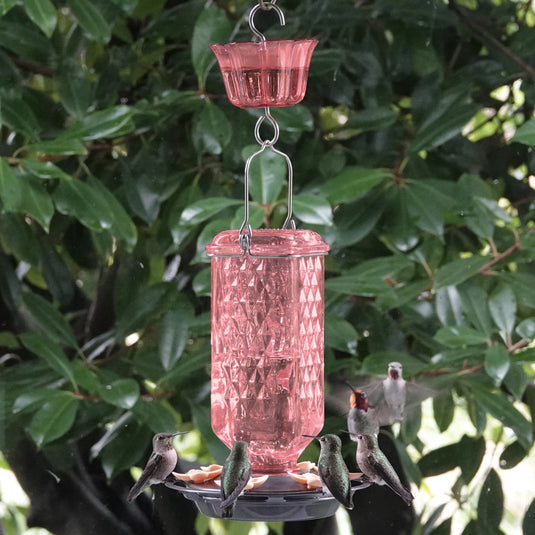
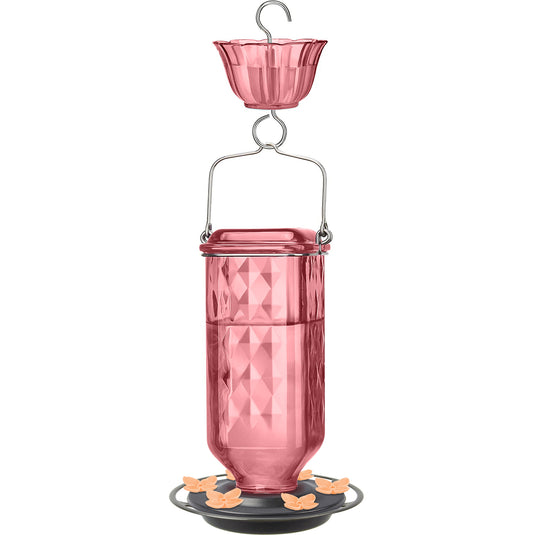


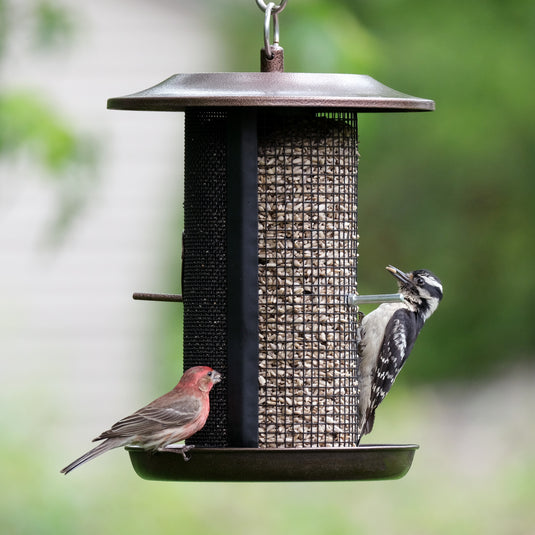



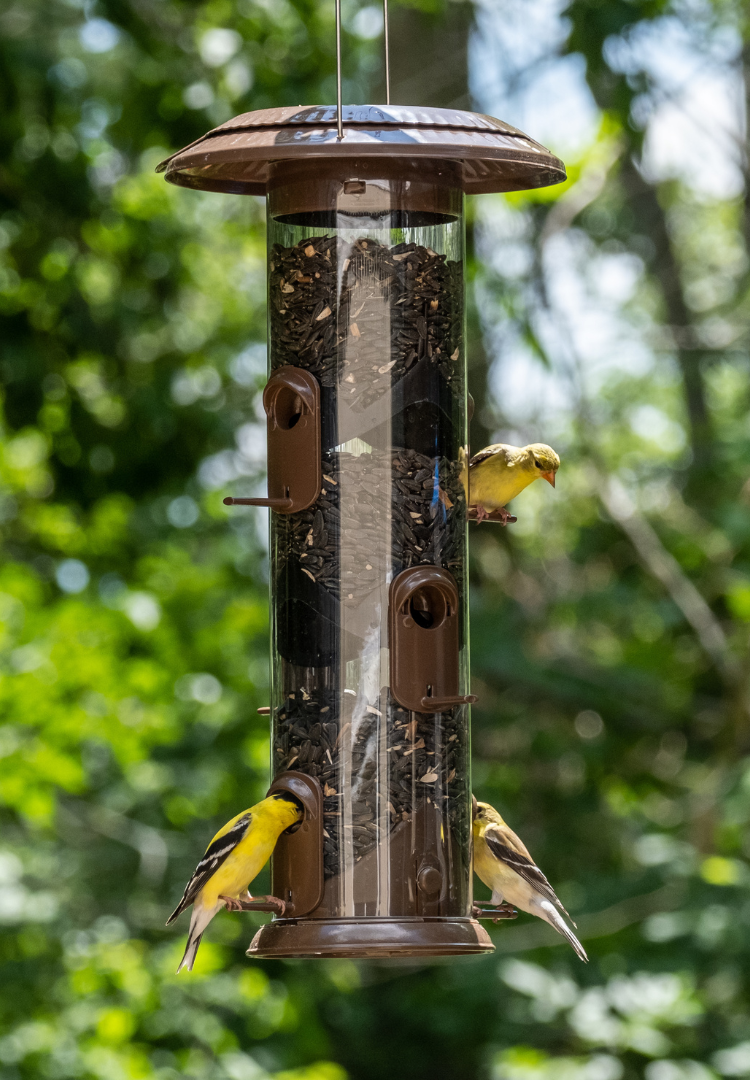
Hi Michelle,
What fun projects! We love that you are sharing your love of nature with the younger generation. All the best!
My grandson and I built our own this summer. He is 13. It came out great and we continue to add to it now that it is fall. This summer we also raised monarchs from seeds. Such rewarding projects